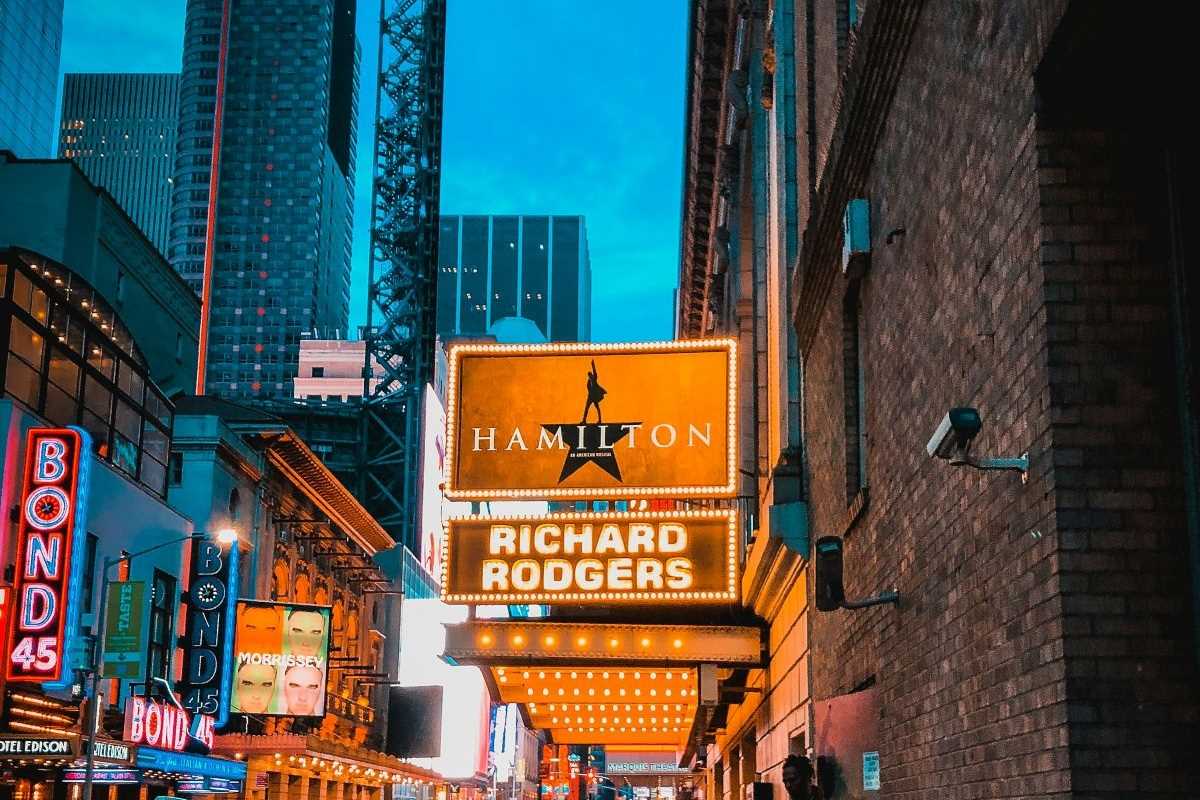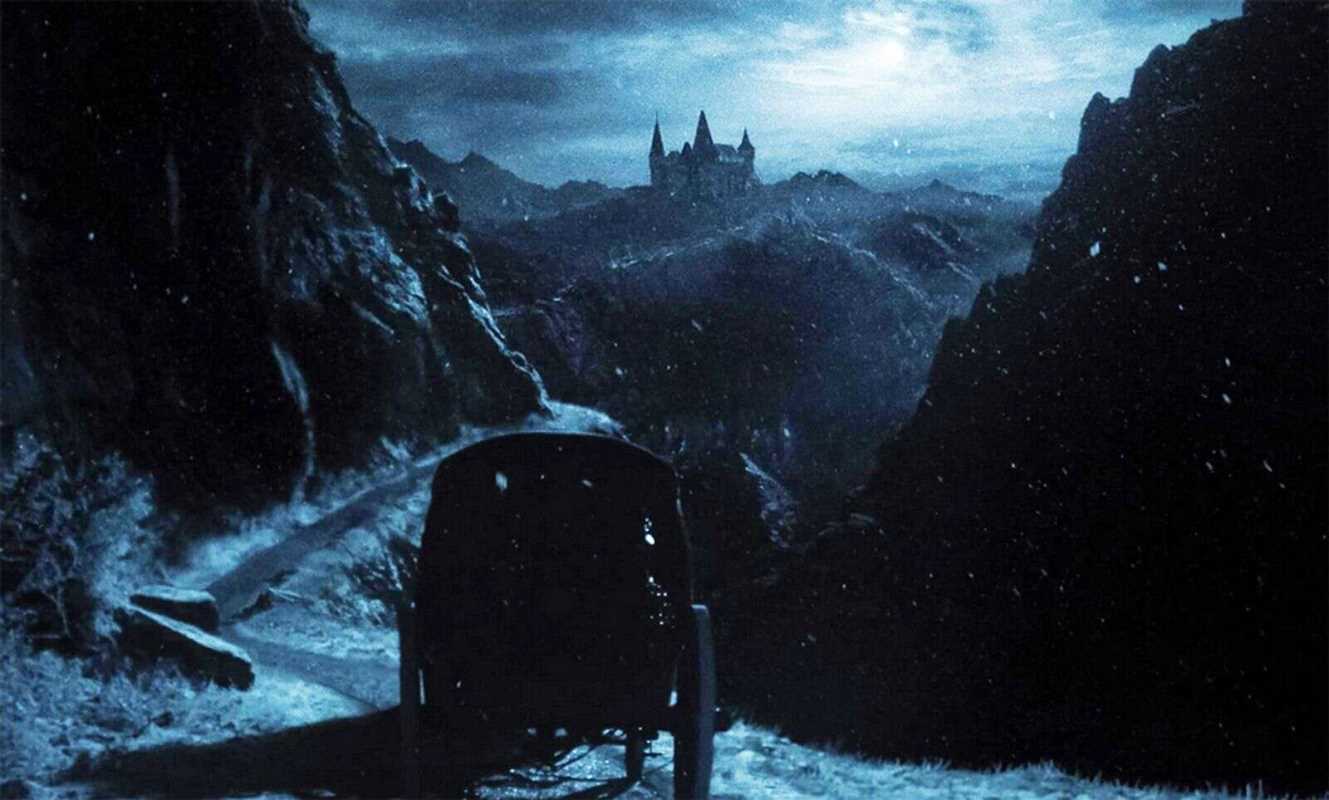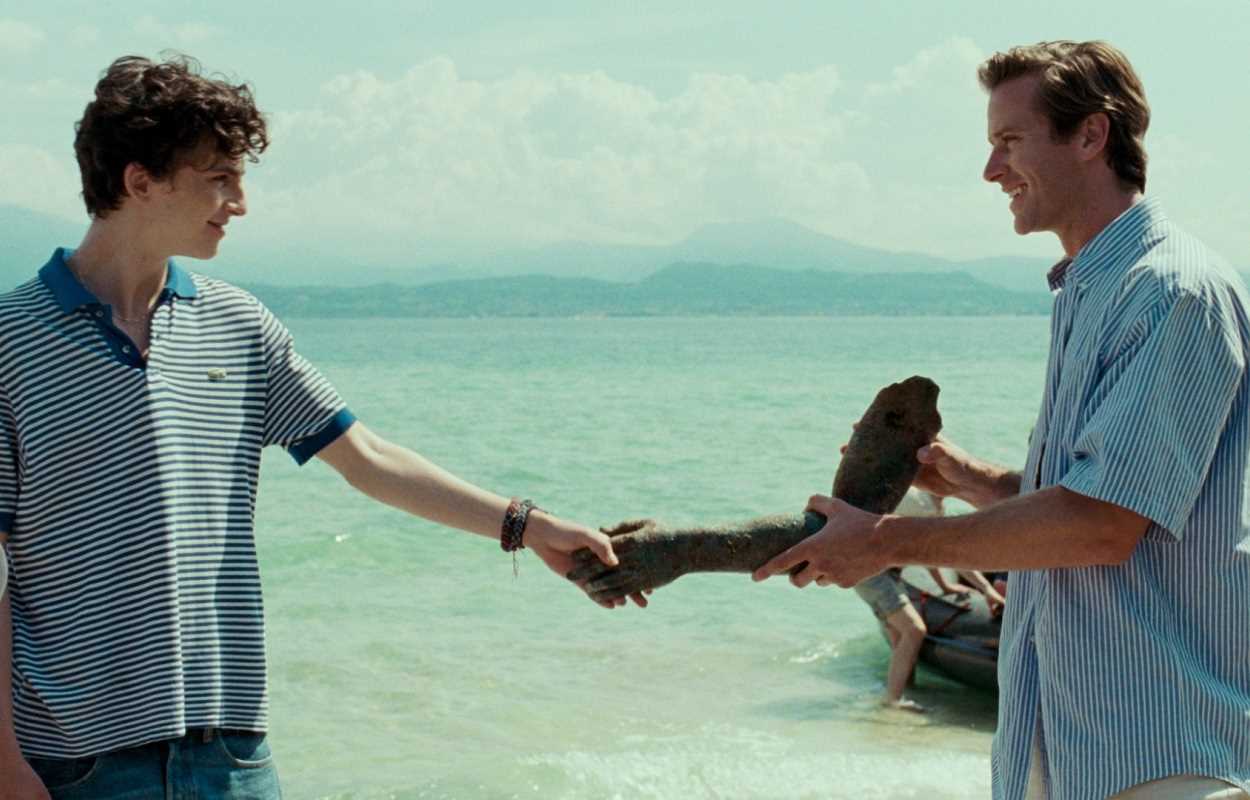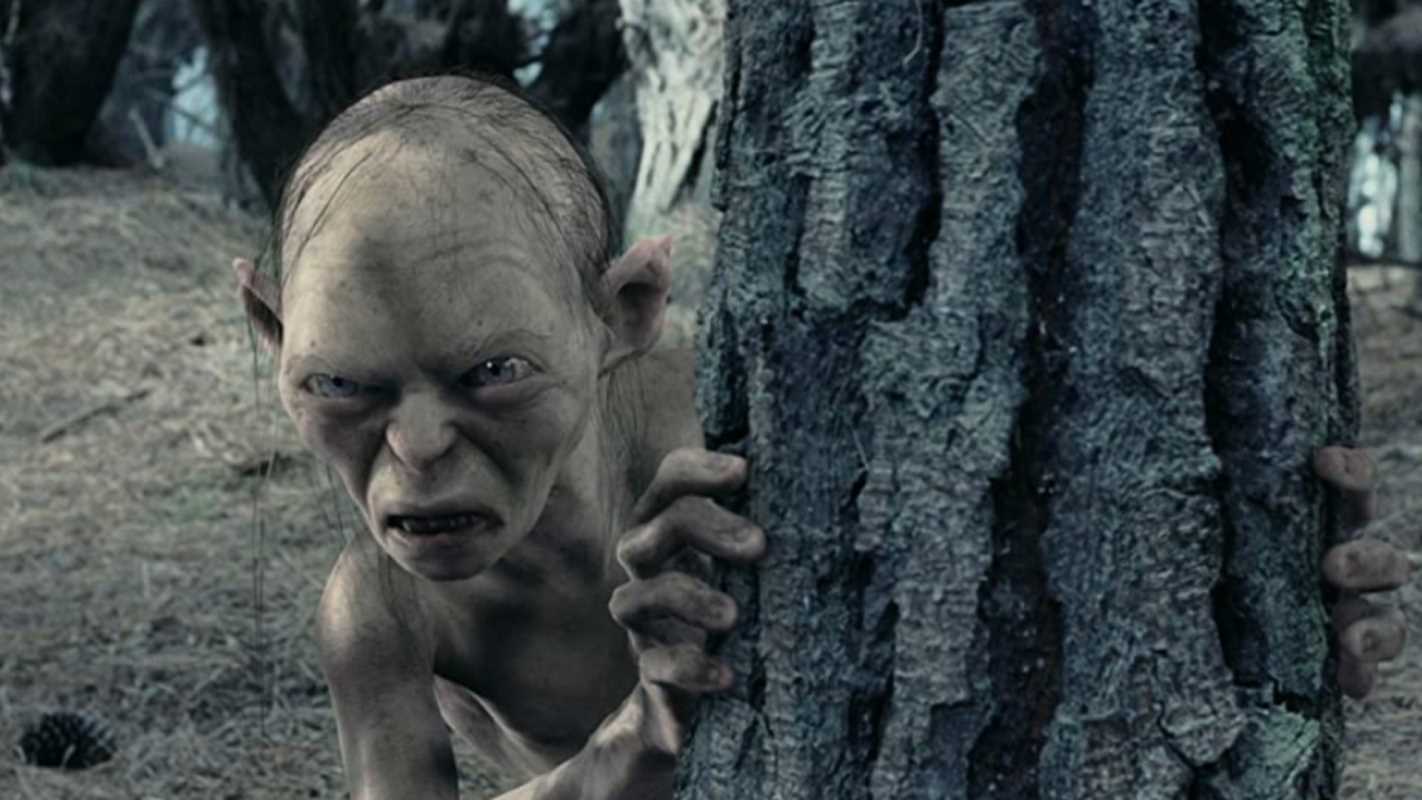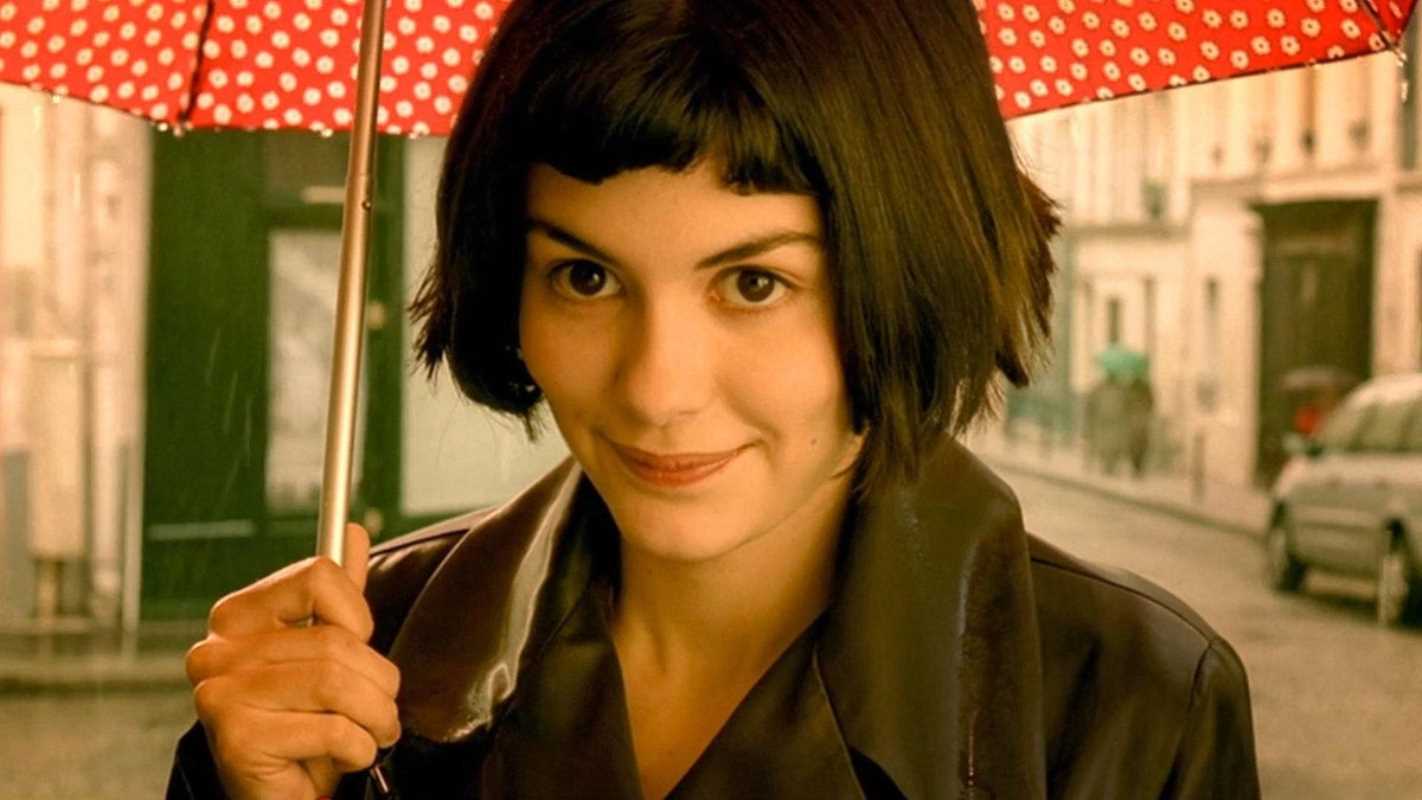Have you ever considered how a simple outfit can become as famous as the actor who wears it? This is the magic of costume storytelling, where fabric, color, and design transcend mere garments to build unforgettable characters. An iconic costume doesn't just dress a character; it defines them, communicates their story, and secures their place in cultural history.
The Silent Language of Costume Design
Costumes are a powerful visual language. Long before an actor speaks, their attire has already begun to tell a story. It is a silent yet potent form of communication that conveys a character's personality, social status, and inner world. This visual shorthand allows audiences to form an immediate and often subconscious connection with the figures on screen.
The meticulous choice of color, fabric, and silhouette is never accidental. Silk can whisper of wealth and sophistication, while tattered, rough-spun cloth can scream of poverty and hardship. This semiotic power embeds history, social norms, and personal values directly into the threads of the garment. These are not just clothes; they are carefully crafted narrative devices that are essential for storytelling.
Trends That Define a Generation
The market for character costumes is a dynamic reflection of our cultural landscape, with Halloween serving as a major barometer for what captures the public imagination. Costume trends are driven by three main forces: blockbuster media, enduring nostalgia, and viral social media moments.
- Blockbuster Power: Major film and television releases consistently generate the most sought-after character outfits. Characters like Shrunken Head Bob from Beetlejuice Beetlejuice and the new emotions from Inside Out 2 are popular choices. The release of Deadpool & Wolverine has ensured Lady Deadpool and Wolverine are fan favorites. Looking ahead, the Wicked film adaptation is fueling demand for Elphaba and Glinda costumes, while the Fantastic Four reboot is expected to make its classic blue jumpsuits a hit.
- Nostalgia's Embrace: Classic characters possess a timeless appeal that never fades. Enduring figures like Pennywise the Dancing Clown, Lilo & Stitch, and Superman are seeing a significant resurgence. Wednesday Addams, with her signature gothic-chic style, remains a perennial favorite, bridging the gap between classic nostalgia and modern relevance.
- Viral Moments: In our digitally connected world, social media is a powerful trendsetter. Viral sensations, such as the "Phillies Karen" meme of 2024, inspire humorous and topical costumes. Beyoncé's "Cowboy Carter" aesthetic and Sabrina Carpenter's "Short n' Sweet" album-era outfits are predicted to be major style inspirations. Video game characters are also crossing over into the mainstream, with figures like CatNap from Poppy Playtime becoming recognizable far beyond their original gaming audience.
Famous Movie Costumes That Defined Characters
Certain outfits transcend their role in a film to become visual entities with an independent iconic status. They are inseparable from the characters they represent.
- Dorothy Gale's Gingham Dress and Ruby Slippers (The Wizard of Oz): This simple blue and white gingham dress and its sparkling ruby slippers are instant symbols of innocence, home, and adventure. The ensemble is so powerful that it reportedly boosted the popularity of the gingham pattern throughout the 20th century.
- Audrey Hepburn's Black Dress (Breakfast at Tiffany's): The elegant Givenchy black dress worn by Holly Golightly is arguably the most famous "little black dress" in history. It epitomizes timeless sophistication and cemented the LBD as a wardrobe essential. The outfit perfectly captures the character's blend of glamour and vulnerability.
- Uma Thurman's Yellow Jumpsuit (Kill Bill): Instantly recognizable, this Bruce Lee-inspired tracksuit is synonymous with Uma Thurman's vengeful protagonist, The Bride. The bold, canary-yellow suit has become a staple of modern pop culture, frequently replicated for Halloween and cited as a major influence in fashion.
- The Joker's Purple Suit (Joker, 2019): Joaquin Phoenix's rust-colored suit, paired with a green shirt and vest, visually charts his chaotic descent into madness. The clashing, slightly-off-kilter color palette became a powerful symbol of his anarchic worldview and alienation from society.
- Neo's Leather Trench Coat (The Matrix): The minimalist, full-length leather coat and dark sunglasses worn by Neo became an identifiable symbol of 90s counter-culture and rebellion against a simulated reality. The look defined a generation of sci-fi action and is still influential today.
- Charlie Chaplin's "Tramp" Outfit: The bowler hat, tight coat, baggy trousers, and signature cane created a character recognized globally without a single word. The outfit transcended the medium of film to become synonymous with Chaplin himself and the era of silent movies.
The Psychology of Costume: How Outfits Shape Perception
Costumes are potent psychological tools that shape how we perceive a character and even how we behave. This phenomenon, known as "enclothed cognition," suggests that clothing has a systematic influence on the wearer's psychological processes.
This principle extends beyond the individual to brand identity. Mascots, which are essentially brand costumes, are powerful tools for humanizing a company and forging a deeper connection with consumers. They serve as recognizable characters that personify a brand's ethos.
Key Principles of Impactful Costume Design
For designers, fans, and storytellers, creating an impactful costume-character involves several key considerations:
- Deep Character Research: A deep understanding of a character's background, personality, and emotional journey should inform every design choice, from a frayed cuff to a bold color.
- Symbolism in Design: Colors, textures, and silhouettes should be used intentionally to convey meaning. As Vogue notes in its analysis of the Barbie movie's costumes, the color pink was used to reflect Barbie's journey from a manufactured ideal to a complex human.
- Historical and Cultural Context: For period pieces, accuracy can enhance believability. However, designers may intentionally deviate from historical norms to make a thematic point or connect with modern audiences.
- Functionality and Actor Immersion: A costume must allow an actor to perform. Rehearsing in costume helps actors fully embody their roles, integrating the garment's weight and feel into their movement.
- Evolution of Costume: A character's wardrobe should evolve with their story arc, visually signaling their growth, decline, or transformation.
Ultimately, costumes that become characters are a testament to the immense power of visual storytelling. They are not just accessories but are integral components of cultural identity and personal expression. As legendary costume designer Colleen Atwood once said, "Costumes are the first impression that you have of the character before they open their mouth—it really does establish who they are."
 (Image via
(Image via